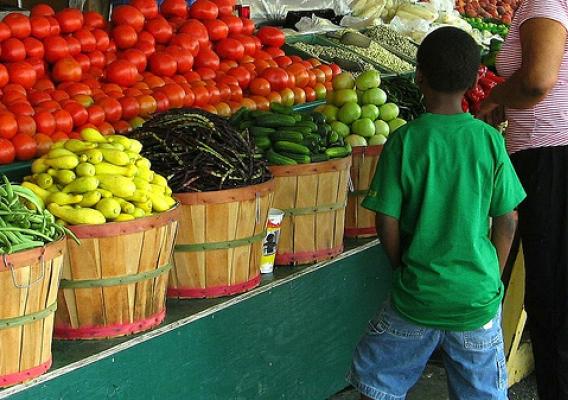Most kids cannot wait for school to let out in June. However, for some parents and other caretakers, when school is out for summer, they begin to worry about how they will feed their children a nutritious breakfast or lunch. USDA's Summer Food Service Program (SFSP) fills this summer meal gap for many low-income families by feeding children when school meals aren’t available. Although USDA funds SFSP, local organizations all over the country make the program work by becoming sponsors that serve nutritious meals and snacks at schools, recreation centers, playgrounds, parks, churches, day camps, summer camps, housing projects, and Indian reservations.
To help get the word out that the program is available to school-age children and in need of more sponsors, we’ve created free radio public service announcements (PSAs) that you can air in your community. There are 4 under 30 second PSAs to choose from— 2 that focus on recruiting summer meal sponsors and volunteers and 2 that let families know where they can go to receive summer meals.








